Why is some coffee sour? why is coffee sour? where does the sour quality of coffee come from?
Xiaobai, who has just come into contact with a single cup of coffee, is more or less surprised by the sour taste of the coffee. Most people's understanding of coffee is mellow and bitter, so where does the sour taste come from? This time on the front street, let's talk about why the coffee is sour.
Coffee is a kind of fruit, and our common coffee beans are actually the seeds of this fruit. After the fruit is ripe, there is a layer of pectin on the outside of the seed, which is very sweet. Coffee beans will continue to absorb the substances in these pectin, which is also an important source of sweet and sour fruit in coffee. There are many sour substances in coffee beans. At present, scientists have been able to extract more than 100 acidic compounds from coffee, among which chlorogenic acid, quinic acid, malic acid, citric acid, acetic acid and lactic acid are the most common.
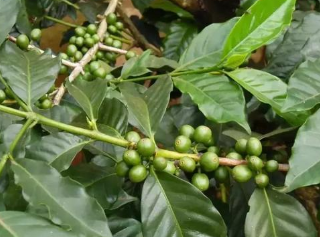
Chlorogenic acid
The bad taste is helpful to the resistance to insects. Han Huaizong described in Coffee Science that Robusta grows at low altitude, has serious insect pests, and contains much more chlorogenic acid than Arabica coffee beans. this is one of the reasons why Robusta coffee beans are inferior to Arabica beans.
Quinic acid
From the degradation of chlorogenic acid, is a kind of phenolic acid, non-volatile, so can not be detected through the sense of smell, bitter taste. After baking, chlorogenic acid continues to degrade into quinic acid, but the claim of quinic acid is still controversial. The positive side thinks that quinic acid dissolves in water, increases the thickness of caffeine alcohol, and increases the complexity and brightness of coffee. The negative side believes that quinic acid is the culprit for the bitterness of deep-roasted coffee.
Citric acid and malic acid
Both are the metabolic products of coffee trees, both are not volatile, so they cannot be smelled through the sense of smell, but need a sense of taste to taste their sour taste.
Acetic acid and lactic acid
It is not the product of the metabolism of coffee beans, raw beans almost do not contain these two substances, mainly from two ways, one is the derivative of washing fermentation process, the other is the product of sucrose in the baking process. Too high levels of acetic acid and lactic acid can give coffee a disgusting rancid smell.
The source of these acids has a lot to do with the humidity of the soil or climate in which they are planted.
The relationship between soil
Volcanic rock producing areas are easy to give birth to mellow and sour coffee. Volcanic rock soil coffee, its sour, fragrant, sweet, pure, bitter flavor is the most balanced. Qianjie Coffee believes that the coffee flavor of Guatemala Vivette South Fruit can best reflect the flavor characteristics of volcanic rock producing areas.
Kenyan soil contains high levels of phosphoric acid, which gives coffee beans in the region a rich acid and berry juice-like taste.
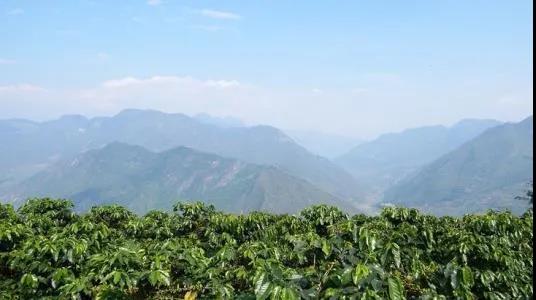
The relationship between climate and humidity
The study found that coffee in high-humidity producing areas is easy to produce fruity coffee. High humidity can increase the malic acid concentration of coffee pulp, and the aroma and acid are fully absorbed by coffee beans. Qianjie Coffee believes that the aroma and sweet and sour taste of fruit in tropical rainforest climate producing areas are significantly higher than those in other producing areas, and the alcohol thickness is relatively low.
After the coffee beans are harvested, the treatment of raw coffee beans also affects the sour taste of the coffee, especially the washing treatment.
In the water washing treatment, there will be a fermentation process of 18-36 hours, which will make the acid quality of coffee beans more obvious, especially in citric acid and malic acid. Qianjie believes that the coffee bean washing method has the advantages of high acidity, high complexity, high cleanliness (no negative taste) and refreshing taste.
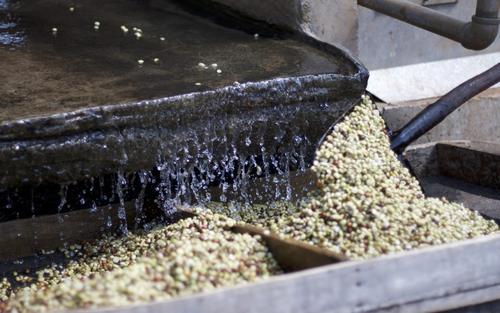
The degree of roasting also affects the acid performance of coffee beans.
During the roasting process of coffee, the sugars and organic acids in beans begin to be degraded by heat or decomposed into formic acid, acetic acid, lactic acid, fumaric acid, Corninic acid and other acids, but these acids will continue to degrade or volatilize with the deepening of roasting degree. The most dramatic changes in acid quality and acid concentration are the stages of development after the explosion. In this way, the acid in coffee reaches its highest value at some point after an explosion and then decreases due to the thermal decomposition or volatilization of the acid.
Effect of cooking parameters on acid quality
1. Grinding degree
Rougher grinding reduces the extraction rate because the coffee powder has a smaller surface area (note that the extraction rate is different from the cooking time, which refers to the extraction of flavor and aroma substances, while the cooking time refers to the contact time between the water and the coffee powder).
This means that rougher grinding will bring out bright acidity, but brewing too long will cause the coffee to have a woody taste. If you want more acid, use rougher grinding. If you want less acid, you can grind it finer.
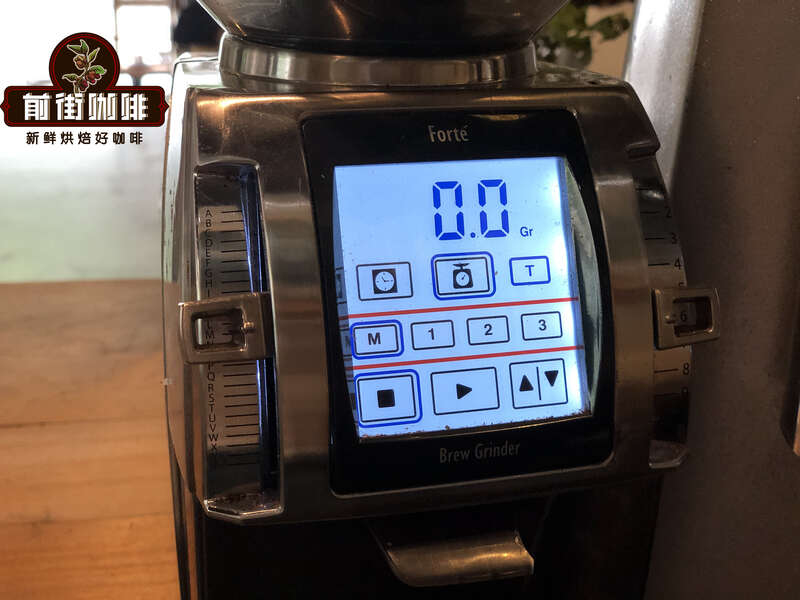
two。 Cooking time
Another main factor affecting the extraction is the cooking time, the longer the cooking time, the more substances will be extracted. You can use your favorite beans, high-quality water, and proper grinding thickness to cook.
3. Temperature of boiling water
Water temperature is also a very important factor affecting the extraction rate. The higher the water temperature is, the faster the material is extracted. The lower the water temperature, the slower the aroma and flavor are extracted. To put it simply, low water temperature extraction will better reflect the acidity of coffee, but it is prone to insufficient extraction and insipid flavor. High temperature extraction will reflect the alcohol thickness of coffee, but it is prone to excessive extraction and the taste of impurities.
Qianjie Coffee recommends a water temperature of 90-91 degrees for light roasted beans and 88-89 degrees for medium-and deep-roasted beans. The aroma and flavor shown by the proper water temperature and good extraction are positive and comfortable, for example, the acid quality will be very rich, such as the sweet and sour feeling of plums or drupes, and the overall cleanliness, clarity and transparency. can drink more clearly what flavor, delicate, rich and distinct acidity, and can remind people of a certain fruit or even wine, stay in the mouth lasting, let people aftertaste.
Finally, the front street comes to boil the obviously sour Ethiopian water-washed fruit Tintin to see how to cook the high-acid coffee beans.
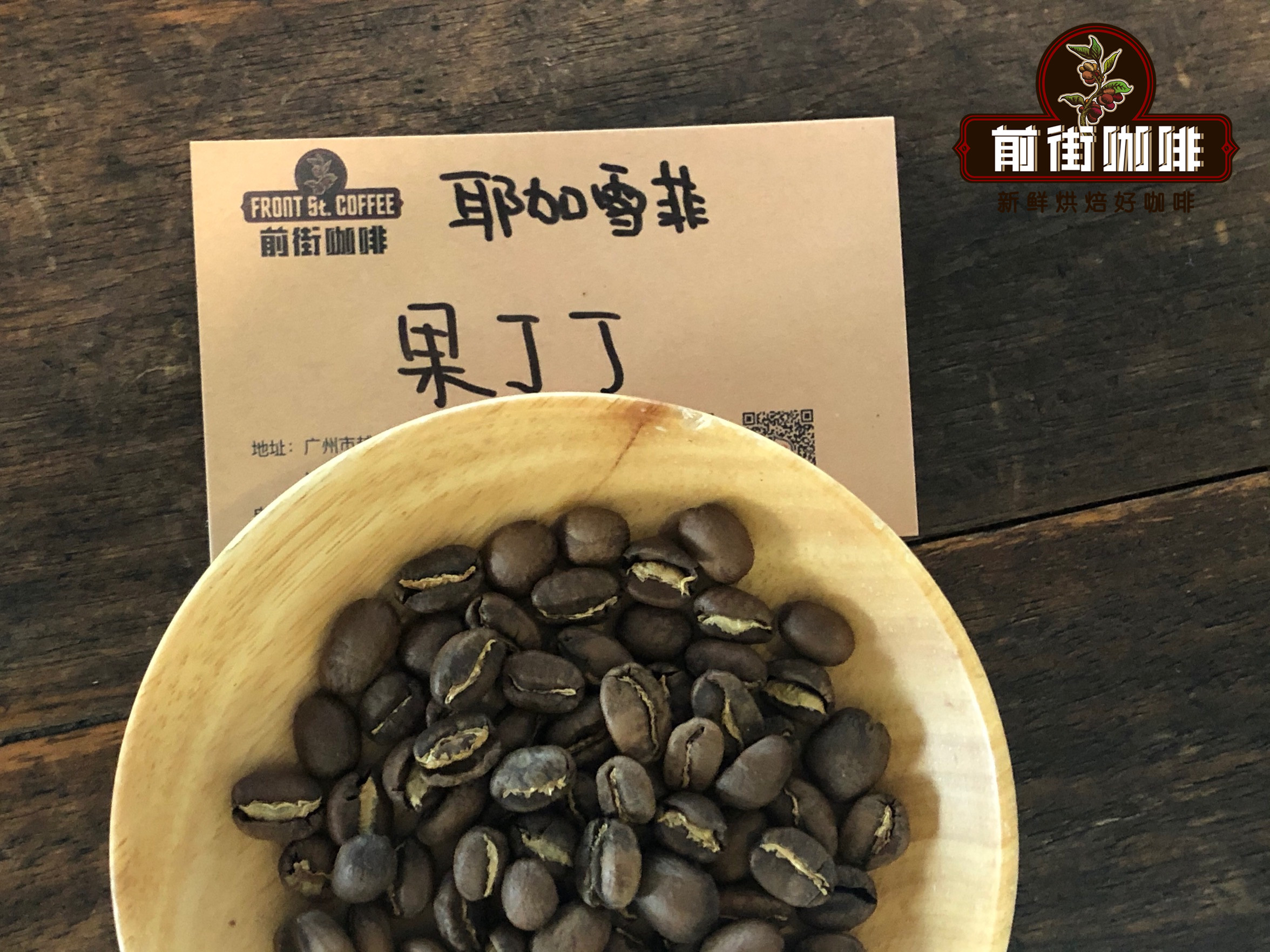
Producing area: Yega Xuefei Gedeo Zone
Altitude: 1900-2300m
Variety: original species (Heirloom)
Treatment: washing
Grade: G1
The front street will be boiled with V60 in order to highlight the acidity of washed Yega Sheffield Tintin. V60 tapered filter cup mouth is relatively large, coupled with its unique spiral curve ribs, so that the air can be discharged more easily to improve the extraction quality. The taste may not be thick enough, but its high concentration of sweet and sour and obvious aroma is a major feature of it.
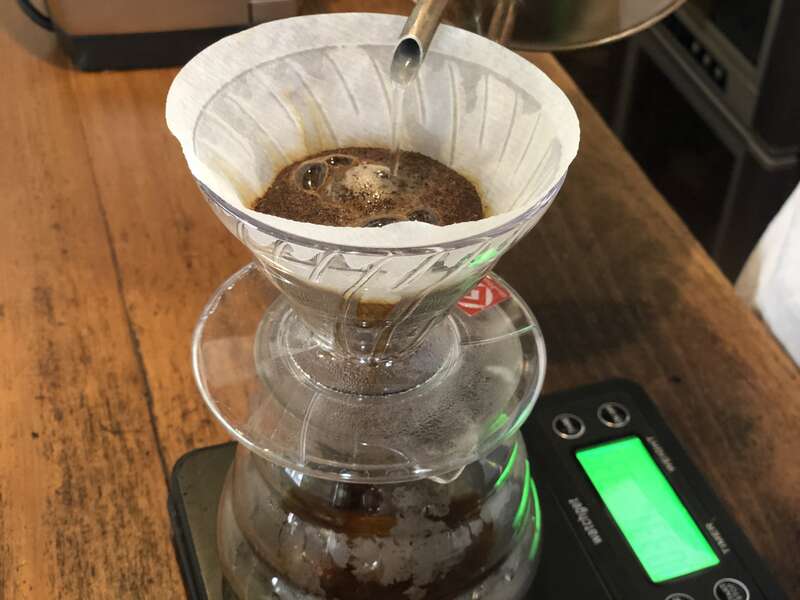
Qianjie coffee brewing parameters
Water temperature: 90-91 degrees
Degree of grinding: BG#6m (size of fine sugar)
Powder / water ratio: 1:15
Amount of powder: 15g
Qianjie cooking technique: the first section is filled with 30 grams of water for 30 seconds, followed by 95 grams (the electronic scale shows that about 125 grams), and the injection is completed in about 1 minute. When the water level drops to 2 grams in the powder layer, the remaining 100 grams are injected at 3 places (about 225 grams shown by the electronic scale), about 1 minute and 40 seconds. 1 minute 50 seconds ~ 2 minutes drip filtration is completed, remove the filter cup and complete the extraction.
Brewing flavor: the entrance has bright acidity of citrus, fullness of berry juice and obvious feeling of oolong tea.
Important Notice :
前街咖啡 FrontStreet Coffee has moved to new addredd:
FrontStreet Coffee Address: 315,Donghua East Road,GuangZhou
Tel:020 38364473
- Prev
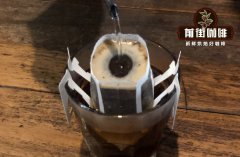
Large inventory of coffee varieties grown in Brazil what other varieties are there in Brazil besides bourbon coffee?
In Brazil, coffee cultivation is the subject of a great deal of research and development by national universities and institutions. To improve the quality, yield and resilience of coffee crops, agronomists, biologists and other researchers studied the best coffee varieties grown in each growing region of the country, usually breeding hybrids or breeding natural mutations. Some farms manage their own nurseries, and many growers also learn from the classics.
- Next
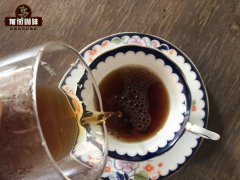
Taste and flavor characteristics of black coffee shallow roasting deep roasting black coffee beans recommended brewing methods
When it comes to black coffee, many friends' first reaction is bitter and astringent, or the only thing they can think of is American coffee. Indeed, American coffee seems to have become synonymous with black coffee. When the boutique coffee market was not developed a few years ago, the quality of American coffee beans was average, which led to the extracted American coffee being bitter and astringent, with no flavor to speak of. In recent years, with the boutique coffee
Related
- Beginners will see the "Coffee pull flower" guide!
- What is the difference between ice blog purified milk and ordinary milk coffee?
- Why is the Philippines the largest producer of crops in Liberia?
- For coffee extraction, should the fine powder be retained?
- How does extracted espresso fill pressed powder? How much strength does it take to press the powder?
- How to make jasmine cold extract coffee? Is the jasmine + latte good?
- Will this little toy really make the coffee taste better? How does Lily Drip affect coffee extraction?
- Will the action of slapping the filter cup also affect coffee extraction?
- What's the difference between powder-to-water ratio and powder-to-liquid ratio?
- What is the Ethiopian local species? What does it have to do with Heirloom native species?

